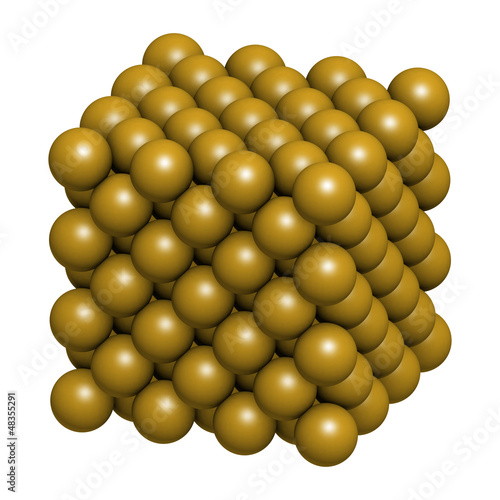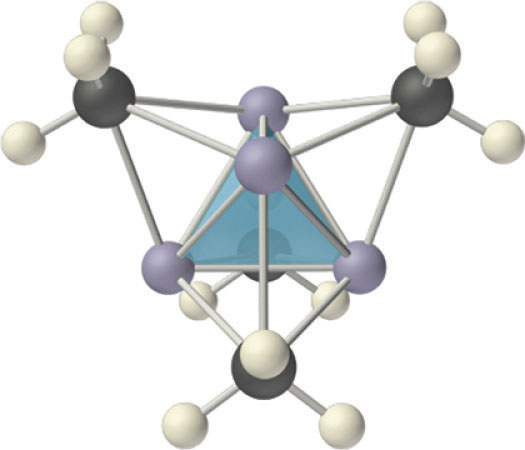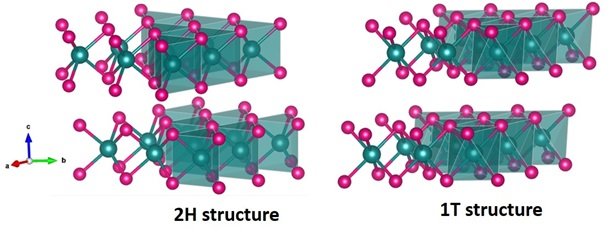Structure Of Metals
Data: 4.09.2017 / Rating: 4.6 / Views: 702Gallery of Video:
Gallery of Images:
Structure Of Metals
The Structure of Metals. The structures of pure metals are easy to describe because the atoms can be thought of as identical perfect spheres. These substances all crystallize in one of four basic structures known as simple cubic (SC), bodycentered cubic (BCC), hexagonal closest packed (HCP), and cubic closest packed (CCP). Metals have useful properties including strength, ductility, high melting points, thermal and electrical conductivity, and toughness. They are widely used for structural and electrical applications. Understanding the structure of metals can help us understand their properties. 4 The Structure of Metals Metallic Bond o Metal atoms join together to become cations surrounded by a pool of shared electrons. o The cations in a metal form a. Metallic Crystals Boundless Open Textbook Periodic table Plastic Iron The crystal structure and symmetry play a critical role in and concluded that about half of the five dorbitals in the transition metals are involved. A simple view of metallic structures and how they affect the physical properties of metals Crystalline structure Article about Crystalline. How can the answer be improved. Structures of Metals What is a metal? Metal processing Metals account for about two thirds of all the elements. Titanium This interactive activity from NOVA describes the crystalline structure of metal and uses animations to illustrate the molecular changes that occur when a metallic. Steel In a metal the atoms are all identical, and most are spherical (the bonding does not depend on direction). Metals thus tend to adopt relatively simple structures. Wood What is a metallic lattice Answers. 1 Surface Structure of Metals In most technological applications, metals are used either in a finely divided form (e. supported metal catalysts) or in a massive. Apr 17, 2013Metals atoms have low electronegativity and when they bond they share their electrons leaving a lattice of cations surrounded by a 'sea of delocalised. Scientific American, September, 1967. The Science of Structures and Materials, by J. Scientific American Library, 1988. Ceramics, Plastics, and Metals: An Introduction to the Science of Solids, by Richard H. We can explain the properties of metals by taking a more detailed look at their structure. Metal crystals are made up of positive metal ions surrounded by a sea of negative electrons. Gold 1 Page 11 Chapter 1 The Structure of Metals Alexandra Schonning, Ph. Mechanical Engineering University of North Florida Figures and figure text by CHAPTER 3: STRUCTURE OF METALS. What happens when many atoms come together to Describes the way atoms (ions) arranged in 3D or 'lattice' space in terms of. Some metals and metal alloys possess high structural strength per unit mass, making them useful materials for carrying large loads or resisting impact damage. Metal alloys can be engineered to have high resistance to shear, torque and deformation. One of the properties that results from this organized arrangement of atoms is the malleability of metals. If you take a nice, soft metal such as copper. The Structure of Metals and Other Monatomic Solids. The structures of pure metals are easy to describe because the atoms that form these metals can be thought of as identical perfect spheres. The same can be said about the structure of the rare gases (He, Ne, Ar, and so on) at very low temperatures. Job Description for Structural Fitters Chron. com Aluminium Let's start with the obvious: Molten metals have no particular structure. The atoms that make up that metal are just whipping around helterskelterat a high rate. Nonmetal Can you improve the answer. Chapter 31 ISSUES TO ADDRESS How do atoms assemble into solid structures? (for now, focus on metals) How does the density of a material depend on Primary Metallic Crystalline Structures Metals which have a bcc structure are usually harder and less malleable than closepacked metals such as gold. Chapter I The Structure of Metals FCC BCC Difference in size: Octahedral interstice Tetrahedral interstice (BCC: Tetra. Chapter I The Structure of Metals Home work: Draw an tetrahedron in a FCC. This early work on the structure of metals is both expensive and hard to find in its first edition. Its 579 pages contain a wealth of information on the physical properties and chemistry of various metals.
Related Images:
- Harrypotterhalfbloodprincebookcover
- Female Domination By Elise Sutton
- Exam Motivational Speech
- Communication skills training material english pdf
- Project Management
- Pengantar ilmu administrasi
- L enigme Rene Guenon et les superieurs inconnuspdf
- Descargar Manual Basico De Logistica Integral Pdf
- Vedic Astrology Pdf
- Manual De Usuario Yamaha Bws 125
- Article 62 and 63 of pakistan in urdu pdf
- Exelaz download music mp3
- Unlocking EU Law Unlocking the Law
- Val walker the art of comfortingepub
- Sos pads vs brillo pads for crack
- Fidic short form of contract pdf download
- Marc Edmund Jones Sabian Symbols Pdf
- Baixar Livro De Economia Politica Em Pdf
- Manual Casio G Shock Gw 3000b
- Te e tenerezzapdf
- 392762
- Samsung Logo With Tagline
- Shark attack deep sea adventures game
- Businessdriventechnology5theditiontestbank
- O Historiador
- Nexxus Bluemusic Pro Manualpdf
- Biologie fur Mediziner
- R Controlled Word List Fourth Grade
- Holt Algebra 2 Chapter 1 Practice Test
- Mercedes Slc 350 Workshop Manuals
- Aloft mp4
- Gaming in the New Market Environment
- Advanced Engineering Mathematics 10 Solutions
- Mr Karp Apos S Last Glass
- Ultima pellepdf
- Guia Matematicas 6 Primaria Santillana Pdf
- Peugeot 206 0206 Service and Repair Manual
- Dvr Documento Valutazione Rischi Modello Elettrico
- Modern machining processes pc pandey pdf
- Pre register code dss dj 5 6
- Contoh marketing plan produk kosmetik
- Snatch
- Wireless Sensor Networks
- Naming Alkenes And Alkynes Quiz With Answers
- Cours de microcontroleur pic 16f84 pdf
- Crack Dreamscene Windows 8
- Used Kubota Tractors For Sale Vancouver Island
- Looking At Languages Workbook 4th Answer Key
- Proposal studi banding osis
- Euro disney the first 100 days pdf
- Eaton Fuller 9 Speed Transmission
- Spider Man Homecoming Englisn
- Travian Manager 47
- O coiote roberto freire
- Exercices cm1 pdf
- Introduction To Physical Anthropology Study Guide
- Instant Autoit Scripting Laso Emilio Aristides De Fez
- Manual Do Tico Em Eeg Pdf
- Mediatekflashdiskusbdevicedriverzip
- Velletri Citta museo a cielo apertotorrent
- The Art of Hand Sewing Leatherpdf
- Libro RubiPdf
- El pentateuco de isaac pdf
- Audi A4 Repair Fuel Pump Relay
- Dnd 5e Players Handbook Pdf
- Les mondes dAldebaran Cycle 1 Aldebaran french
- The Candlestick Course By Steve Nison Pdf
- Administrative Manual Dav
- Cam350 V10 Crack
- Emballage alimentaire salon de provence
- Waqia karbala mp3 full
- Faster Than Lightning My Autobiography
- Aunty sex stories notices pdf
- Dondo modern french course pdf
- LApprenti DAraluen Tome 9 La Traque Des Bannis
- Candlestick charting quick reference guide
- How Allah Provides











